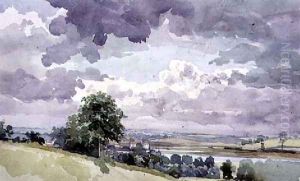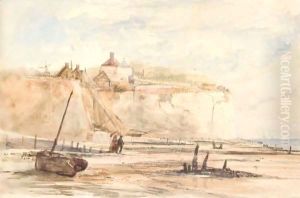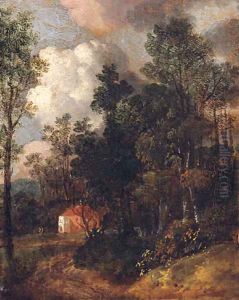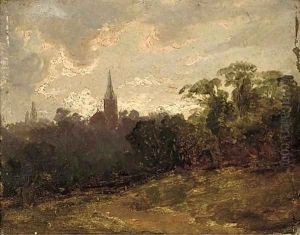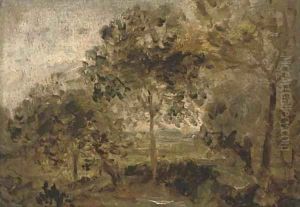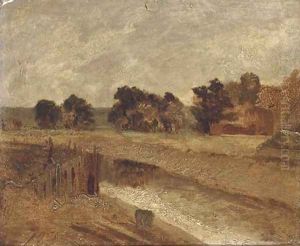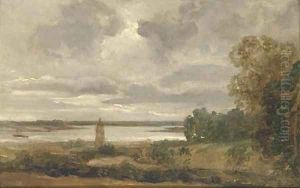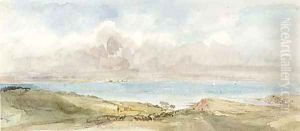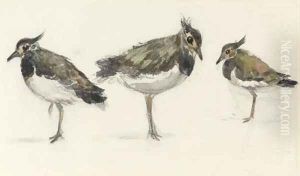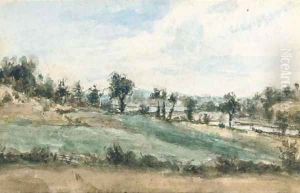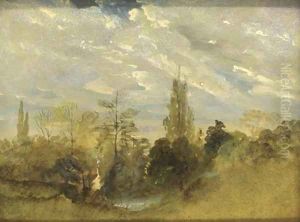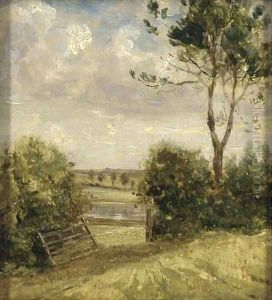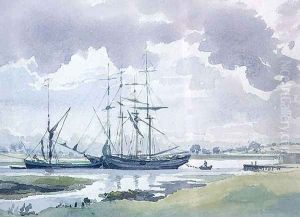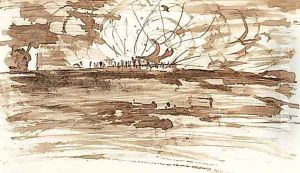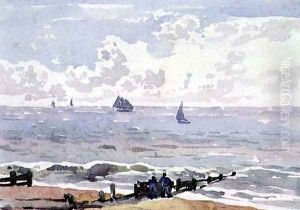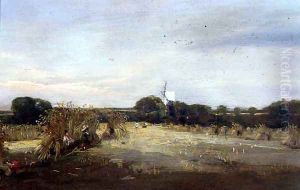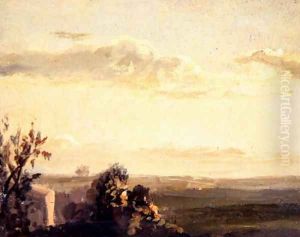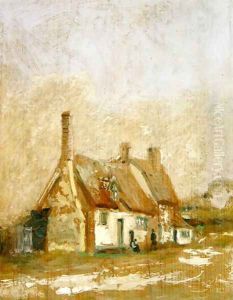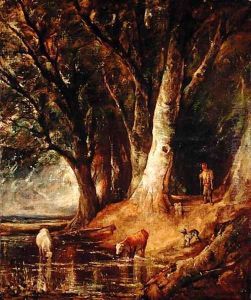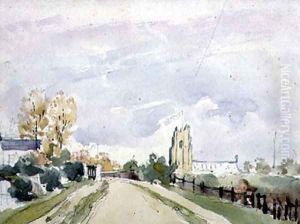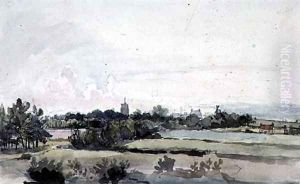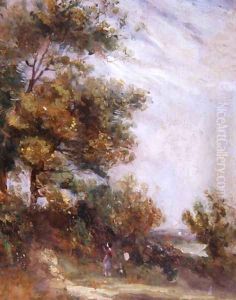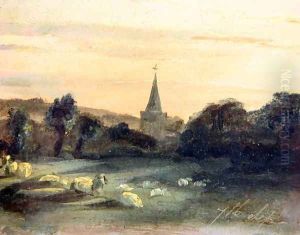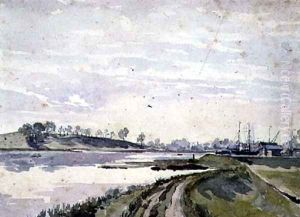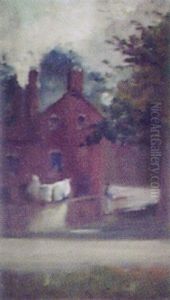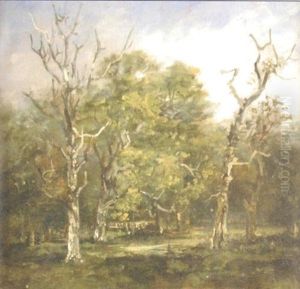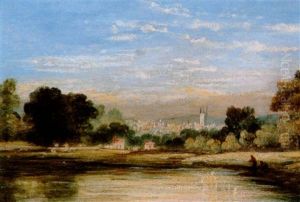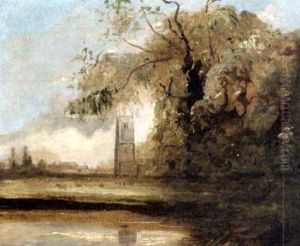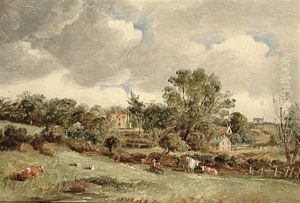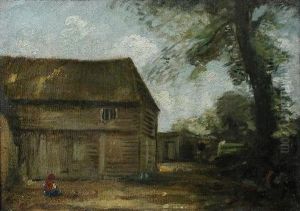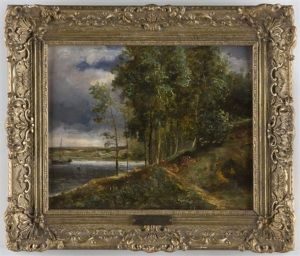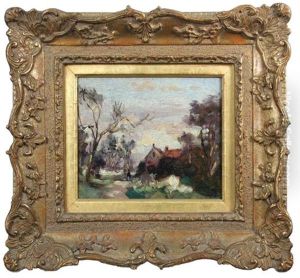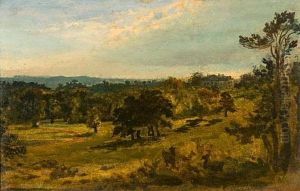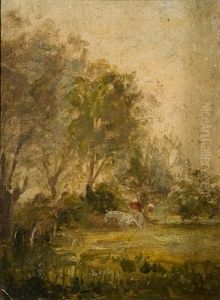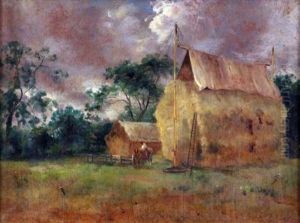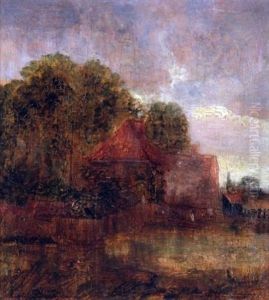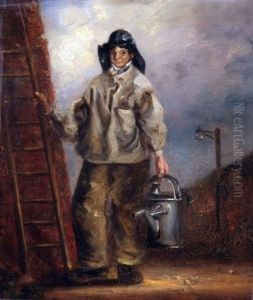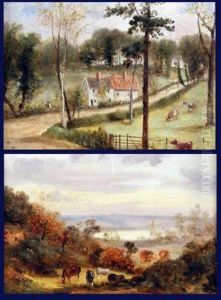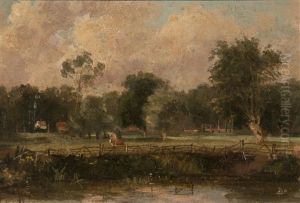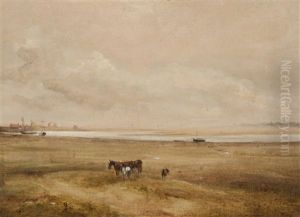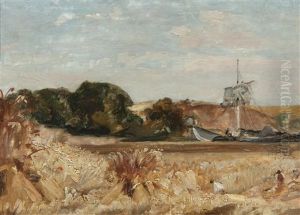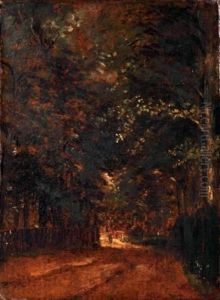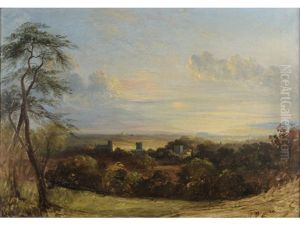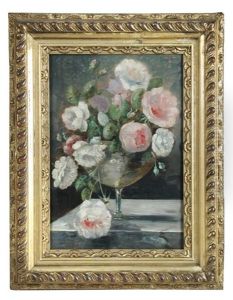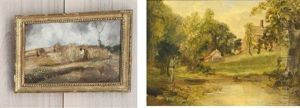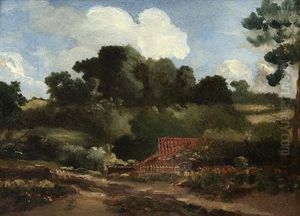Thomas Churchyard Paintings
Thomas Churchyard was an English painter, whose work is associated with the Norwich School of painters, a regional movement that was active in the early 19th century. Churchyard was born in Melton, near Woodbridge, Suffolk, England, in 1798. He was not only a talented painter but also a lawyer, soldier, and musician.
Churchyard's early artistic development was influenced by the landscape painter John Crome, who was a leading figure in the Norwich School. However, Churchyard was largely self-taught, honing his skills through practice and observation of the Suffolk and Norfolk countryside, which became a primary subject in his works.
After pursuing a career in law and serving in the military during the Napoleonic Wars, Churchyard returned to his passion for art. He settled in Woodbridge and dedicated himself to painting. His works mostly depict the serene and pastoral landscapes of Suffolk, often incorporating agricultural workers and rural scenes. Churchyard's style is characterized by a delicate touch and a keen eye for the subtleties of natural light and atmosphere, which he rendered with a degree of realism and detail.
Despite his affiliation with the Norwich School, Churchyard maintained a distinctive and personal approach to landscape painting. He exhibited his work at major venues, including the Royal Academy and the British Institution in London. His paintings were appreciated for their charm and the artist's love for the English countryside was evident in his works.
Churchyard's life was marked by a deep attachment to his native Suffolk, and he contributed significantly to the artistic heritage of the region. He passed away in Woodbridge in 1865, leaving behind a body of work that continues to be recognized for its contribution to British landscape painting. Churchyard's legacy is preserved in various collections, including the Norwich Castle Museum and Art Gallery, where some of his works are displayed.
